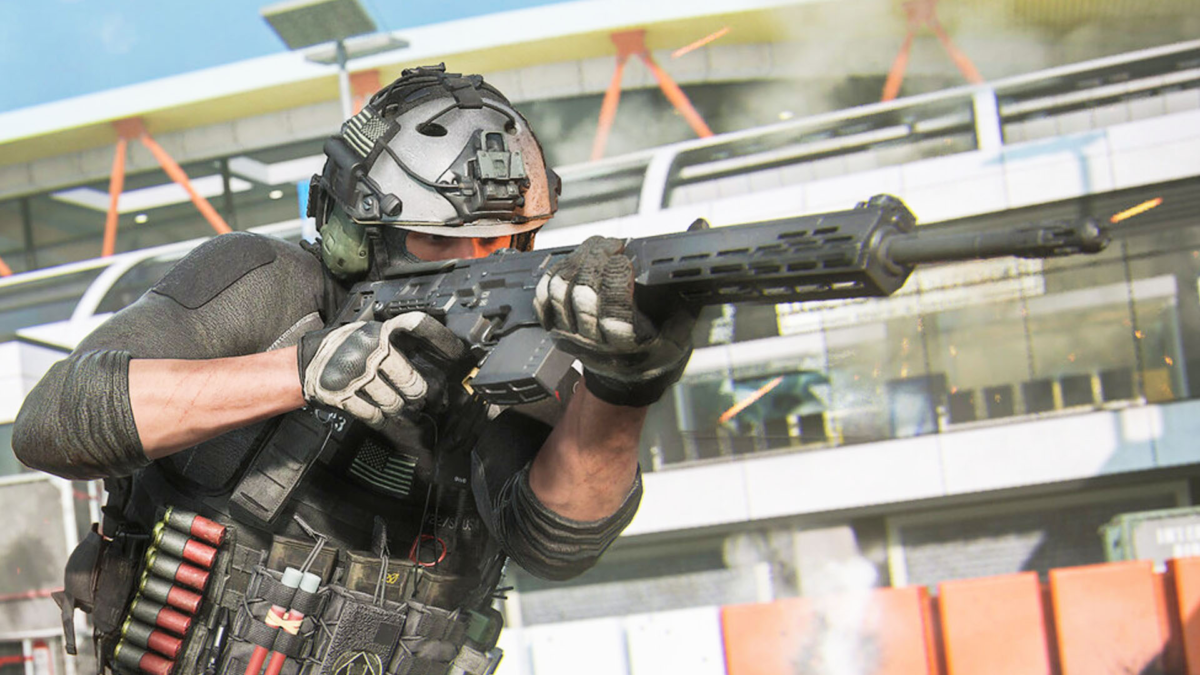In various fields, whether in sports, military operations, or self-defense, a tactical stance plays a crucial role in enhancing an individual’s performance and overall effectiveness. A tactical stance is more than just a posture—it’s a strategic position that prepares a person to respond efficiently to potential threats or challenges. This article delves into the importance of adopting the right tactical stance, its applications, and how it contributes to personal safety and success in combat situations.
What is Tactical Stance?
A tactical stance refers to the body position or posture an individual assumes to optimize their ability to move, respond, and perform under pressure. It is primarily used in combat sports, military training, law enforcement, and self-defense situations. The concept involves setting your body in a balanced, ready position that enables quick reactions, stability, and efficient use of weapons or tools.

In essence, the tactical stance is designed to give you the best chance of surviving or overcoming a threat by improving balance, control, and awareness. Whether you’re involved in close-quarter combat or need to quickly assess a situation, the stance you take can make a significant difference in your ability to respond effectively.
The Importance of a Tactical Stance
Enhancing Stability and Balance
The primary purpose of a tactical stance is to provide stability. By distributing weight properly and keeping your center of gravity low, you increase your chances of remaining upright and agile during a confrontation. A strong stance allows you to better absorb impacts and reduces the likelihood of being knocked off balance by an attack.
In combat sports, a stable tactical stance ensures that athletes can maintain control during exchanges with opponents. Similarly, in military or law enforcement settings, a stable stance ensures that personnel can move swiftly while remaining in control of their equipment and surroundings.
Maximizing Range of Motion
A tactical stance is also critical for improving mobility. The right position allows for easy movement in any direction, whether you’re advancing, retreating, or sidestepping. This flexibility gives you an advantage in unpredictable situations, allowing you to avoid attacks and position yourself optimally.
For athletes, a tactical stance helps in setting up powerful strikes, counters, or defensive movements. In military and law enforcement contexts, personnel must be able to move quickly and react instantly without losing their footing or compromising their safety.
Improving Reaction Time
In a tense or high-pressure situation, the ability to react quickly is often the difference between success and failure. A well-executed tactical stance prepares the body to respond instantly to threats or changes in the environment. By being in a balanced, prepared position, you can execute defensive moves, counterattacks, or other responses faster than if you were unprepared or in a compromised stance.
Protecting Vital Areas
In combat or self-defense, protecting vital areas of the body is crucial. The tactical stance allows you to keep your head, torso, and other vulnerable parts covered while still being able to engage with an opponent or threat. By adopting a stance that naturally shields vital areas, such as the chest and neck, you increase your chances of minimizing injury in the event of an attack.
Different Types of Tactical Stances
The tactical stance varies depending on the context, environment, and specific goals of the individual. Here are some of the most common types of tactical stances:
The Fighting Stance
Commonly used in combat sports such as boxing, martial arts, and self-defense, the fighting stance is designed for offensive and defensive maneuvers. In this stance, an individual typically positions their feet shoulder-width apart, with one foot forward and the other slightly back. The knees are slightly bent, allowing for better movement and reaction. The hands are kept high to protect the face and ready to strike or block incoming attacks.
The Defensive Stance
This stance is more about protection than offense. It’s commonly used in situations where an individual is trying to avoid or withstand an attack rather than engage in one. The defensive stance involves a more closed posture, with the body angled slightly away from the threat, offering a smaller target. The hands are usually raised to protect vital areas such as the head and torso.
The Tactical Shooting Stance
In military and law enforcement contexts, the tactical shooting stance is critical for effectively using firearms. This stance is designed to provide maximum control, accuracy, and stability when aiming or firing a weapon. The body is aligned to create a strong, stable base, with the feet positioned shoulder-width apart and the knees slightly bent. The arms are extended to hold the weapon while the body remains relaxed, allowing for fast and accurate shooting.
The Low-Profile Stance
In certain situations, such as when stealth or concealment is necessary, a low-profile stance is used. This stance involves crouching or kneeling to minimize your silhouette and avoid detection. It’s commonly used by snipers, reconnaissance teams, or when moving through hostile environments.
How to Improve Your Tactical Stance
Train Your Core Muscles
Your core muscles play a vital role in maintaining a strong and stable tactical stance. Engaging in core-strengthening exercises can improve your ability to hold your position for extended periods without fatigue. Strengthening your core also enhances your agility and balance, enabling faster movements in any direction.
Focus on Footwork
Footwork is essential in achieving a solid tactical stance. Practice positioning your feet in a way that allows for quick, fluid movements without losing balance. Make sure that your feet are firmly planted but flexible enough to move when necessary. In combat sports, maintaining proper footwork will allow you to quickly close the distance or retreat from an opponent.
Practice Flexibility and Agility
A good tactical stance requires flexibility and the ability to pivot or adjust quickly. Incorporate dynamic stretches and agility drills into your training routine to enhance your range of motion and speed. This will ensure that you can quickly react to changing situations and adjust your stance as needed.
Train for Real-Life Scenarios
To make your tactical stance more effective, simulate real-life situations where you might need to use it. This could include practicing under stress, such as with timed drills or in unpredictable environments. By incorporating these elements into your training, you can improve your ability to maintain a tactical stance even under pressure.

Tactical Stance in Military and Law Enforcement Operations
In military and law enforcement environments, a tactical stance is crucial for ensuring the safety and success of operations. Whether engaging in a firefight, conducting surveillance, or responding to a hostage situation, personnel must adopt a tactical stance that enhances their ability to react to threats while maintaining control.
Military personnel often use the “combat ready” stance, where the body is angled to reduce exposure to enemy fire, while keeping the weapon ready for action. In law enforcement, officers might use a more relaxed tactical stance, but one that still provides the ability to react swiftly and effectively to a developing situation.
Conclusion: The Power of the Tactical Stance
The tactical stance is more than just a position—it is a critical strategy for improving stability, reaction time, and overall performance in various high-pressure situations. Whether in combat sports, military operations, or self-defense, adopting the correct tactical stance can make all the difference in how effectively you respond to a threat.
Through consistent training and understanding the principles behind a tactical stance, you can increase your chances of success, reduce vulnerability, and enhance your overall ability to navigate challenging situations. A tactical stance is not just about physical positioning—it’s about preparation, awareness, and readiness to act decisively when it matters most.
